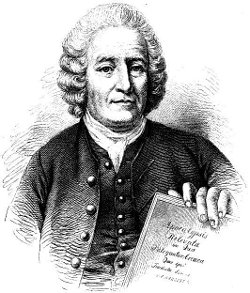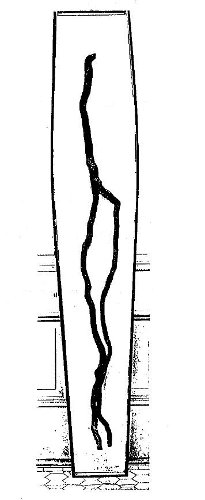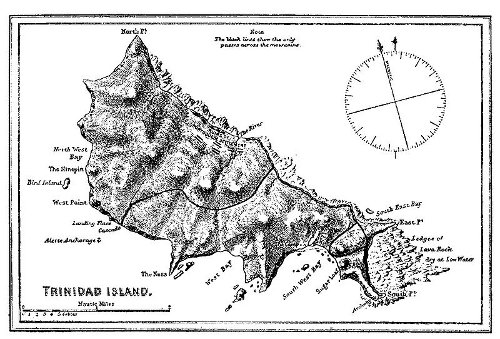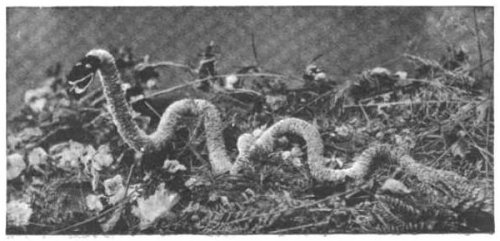Concerning the strange and inexplicable sounds heard by travellers in various parts of the world, there have been from time to time many interesting reports. Among the most curious of these are perhaps the accounts met with in the narratives of Australian explorers. … Stuart mentions that one morning, when in the interior, among the red sandhills of the inhospitable desert, he was startled by hearing a loud, clear, reverberating explosion, like the booming of artillery. These noises, which have been frequently observed in sandy districts, seem to come with an explosive echo from the sandhills, and reverberate for a considerable time amongst the surrounding mountains. Sounds of a like kind have alarmed most of the Australian explorers. Captain Sturt, who followed the course of the Darling River in 1828, describes an extraordinary sound which about three in the afternoon, on a day in the month of February of that year, astonished himself and party. ‘The day,’ he says, ‘had been remarkably fine, not a cloud was there in the heavens, nor a breath of air to be felt. On a sudden we heard what seemed to be the report of a gun fired at the distance of between five and six miles. It was not the hollow sound of an earthy explosion, or the sharp, cracking noise of falling timber, but in every way resembled a discharge of a heavy piece of ordnance. On this all the men agreed, but no one was certain whence the sound proceeded. Both Mr. Hume and myself, however, thought it came from the north-west. I immediately sent one of the men up a tree, but he could observe nothing unusual. The country around him appeared to be equally flat on all sides, and to be thickly wooded. Whatever occasioned the report, it made a strong impression on all of us, and to this day the singularity of such a sound in such a situation is a matter of mystery to me.’
— “Natural Sounds,” The People’s Magazine, Jan. 12, 1867
See Brontides.





